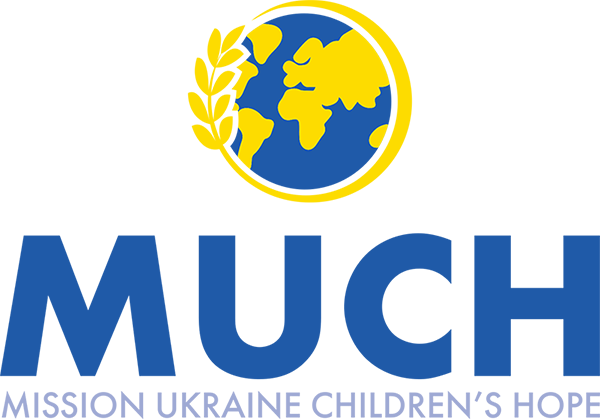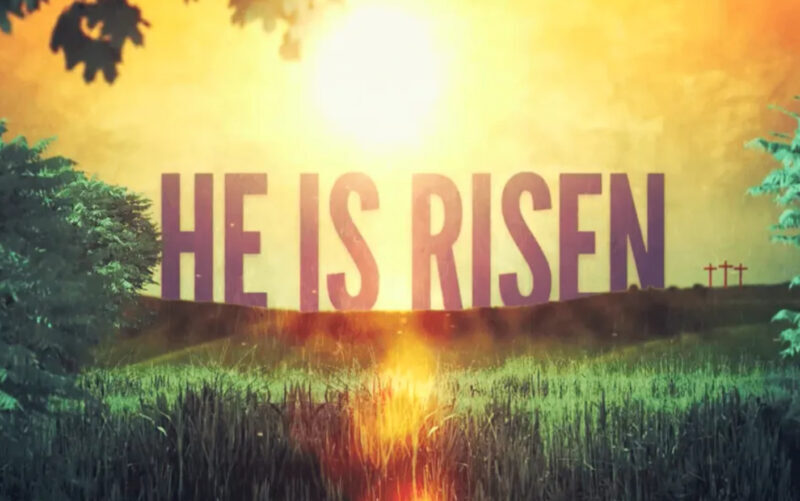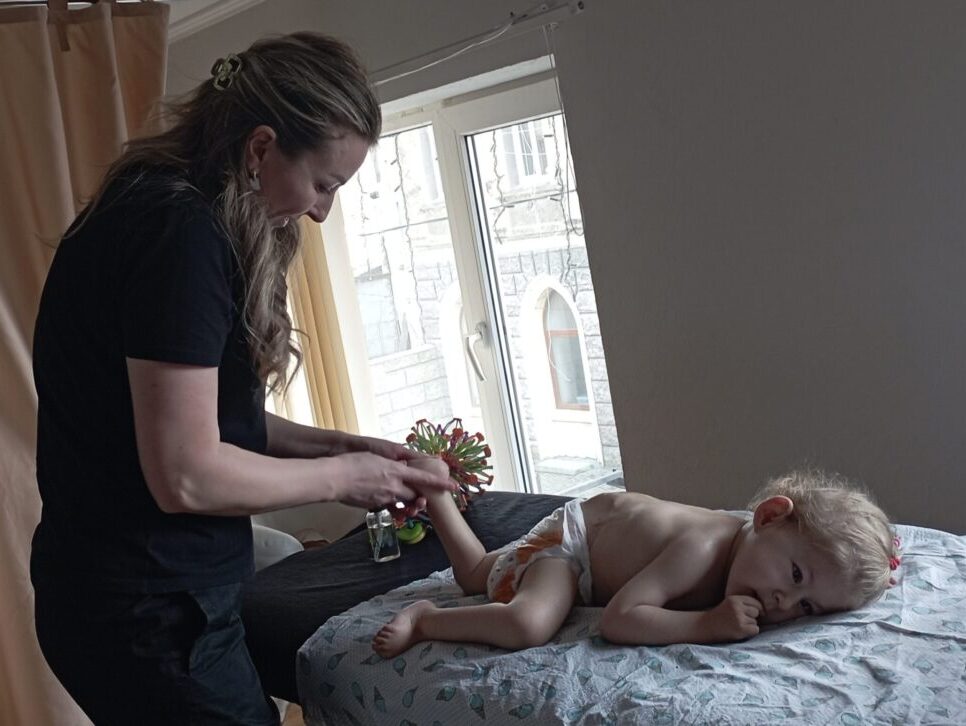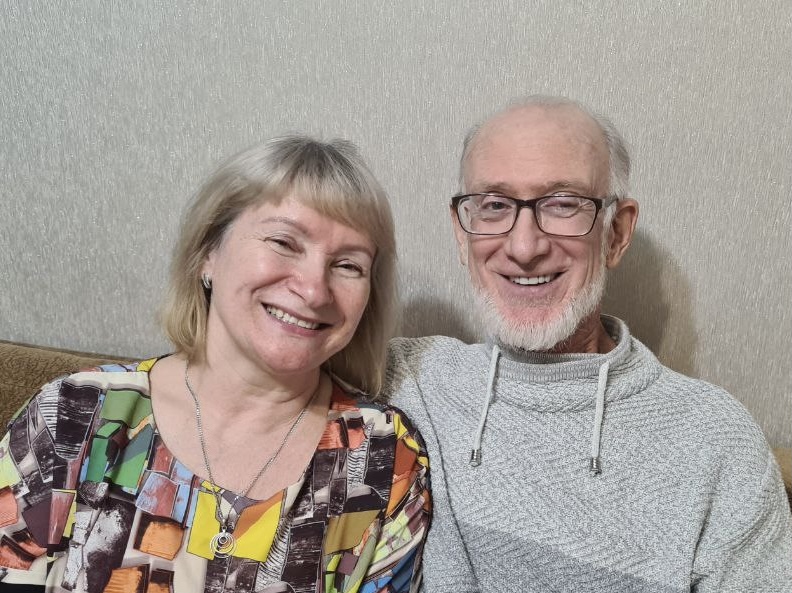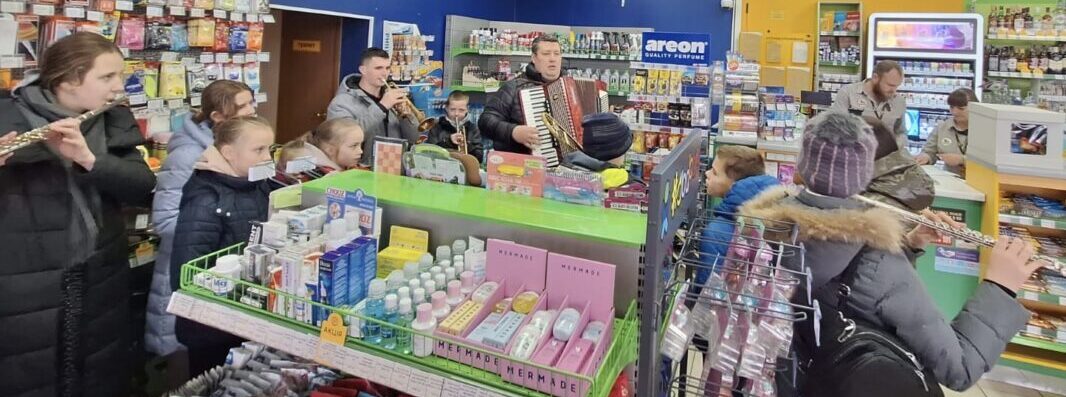Hello family and friends,
July is the hottest month in the summer. A few days ago, it was in the mid 90s, but today it is back in the mid 80s. Mornings and evening are wonderful times of day to walk, strolling through the park, or walking by the sea in the cool breeze. This pleasant weather will slip away before we know it, but that is the life we live here in Ukraine, by the Black Sea.
Each month, Sveta and I share stories and pictures about the children in our newsletter. A week or so ago, I started two new ways to tell our story, using the internet. Flickr is a site that allows people to share pictures. We decided that we needed to have a system to share pictures with all people who are interested. At this point, we have 200 pictures organized in 15 sets, starting with the Marganets Orphanage in 2002. We also have sets of pictures from the Illichevsk Massage Program, the Dobromel Orphanage, and the Froonza Massage Program. You are welcome to visit our sets at Flikr. When you look at our pictures, if one moves you to write, please leave a comment. Tell us what you think. If you don’t have a computer, there are computers at the library and one of the clerks will be happy to help you.
Do you follow Facebook? We recently created a page for MUCH. We have pictures, not as many as Flikr, but we have them on a timeline, beginning with the creation of MUCH in 2004. If you have a FB account, you may comment on the pictures, click the Like button if you like our page, and you may write something on the status entry, Facebook’s “What do You think?” If you don’t have a FB account, which is free, you may still browse through the page, clicking on the pictures and reading the comments. Visit our MUCH Facebook page. We hope to hear from you soon!
Big plans are in the works for the coming year, beginning in the fall. With our three main focus points – healthcare, education, and clothing – we want to increase the number of children that we are helping in education and healthcare. Our Transportation Scholarship Program is the heart of our dream to break the cycle of poverty in Illichevsk. Our different massage programs are showing great results. My personal vision is to add three masseuses to the massage programs, one in each city, and four children to the Transportation Scholarship Program in Illichevsk. Success of my vision will depend upon our current sponsors and new sponsors that we hope to find via the internet social media network. Follow us on Facebook, Twitter, and Flikr, to see how we do. I will tell you more in the August newsletter.
Sveta has some interesting insights about life in the day of a child in the Dobromel orphanage!
Sveta’s Journey
In this letter, I will talk about the lives of children in the Dobromel Orphanage. Each morning, except Sundays, begins with exercise. All children, young and old, begin exercise at 7:00 AM. It’s very interesting to see how they repeat all the commands from the teacher: sit down, stand up, leaning forward, tilting back, squat. Despite the fact that the exercises are simple, many children cannot quickly figure out what is necessary to do, and therefore lag in movement and don’t all turn in unison, although they do try.
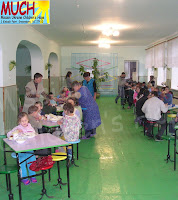
Then they wash and get ready for breakfast. Since the dining room is small and there is not enough room for all of the 120 children, the meal takes place in three stages: first, the small children eat; then the middle group eats; and finally, the older children. The teachers supervise the young children while they eat, and control that they eat carefully, and that they eat the entire portion.
After breakfast, all the children and the teacher go to the building that is located across the street. The whole orphanage complex consists of two parts: the kitchen and dining room, bedrooms, game rooms, and showers are located on one side of the street, while the educational building is on the other side of the street, about a block away. Without the supervision of a teacher or educator, only some of the older children are allowed to cross the street. Although this town is small, the movement of vehicles, bicycles, and horses pulling wooden carts is intense near the school. There are no pedestrian crossings, and the road is not asphalted.
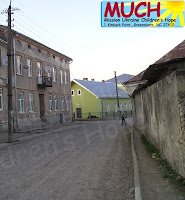
This school for children with special needs does not offer all of the advanced courses found in most secondary schools.
Some of the children have difficulty with numbers and letters, so science in not even a possibility for them to learn. For the higher functioning children, mathematics, history, the Ukrainian language, biology, geography, art, and physical training are the limit to their education. In the spring, the children who have families are called home to plant the crop that will be the family food for the following year. Also, they may care for the cows or babysit the younger children in their family.
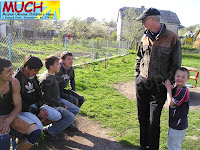
Between classes, the children go out in the yard near the school. It is equipped with a playground where they have fun, running around or just sitting on the bench and talking.
When the lessons end, the teachers and caregivers process the children back across the street where they will have lunch. While the children eat, the older children have time to pose for pictures, and they happily will ask, “Will you take our pictures?” They love to be photographed! After lunch, everyone will return to the school to do homework with a tutor who specializes in helping the children learn how to do homework.
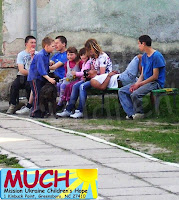
Then supper, and after supper, the children have free time to watch TV in the playroom, or play with games.
Older children can spend time outside of the orphanage where they play football or sit on a bench and talk to each other. At 9:00 PM, children go to wash, brush teeth, and sleep.
Every Saturday is bath day. All are bathed in a shower. Young children are washed by a woman caretaker. These evenings are very lively; the children love to wash and are very excited and joyful, before and after their bath. The children told me about this wonderful event the day before.
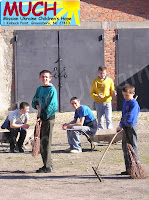
In the spring, children are also involved in cleaning their rooms on Saturdays.
In addition, they clean the grounds outside, learning to take pride in their environment. In this orphanage, almost all children are under pride in their environment. In this orphanage, almost all children are under the supervision of trainers and teachers all day – for these special children need constant supervision and control.
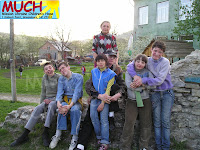
We had a meeting with the Director one day during our last visit. We met outside in one of the little gazebos that is on the property.
As we spoke, he pointed to a stone wall that Mark and I have often wondered about. The stone wall that the children and Mark are posing in front of in this last picture is 400 years old. He explained that this is the remains of the wall that encompassed the city of Dobromel in the 1600s. What a treasure to have this historical artifact right there in the territory of the orphanage. What an educational tool.
Living my dream,
Sveta
Speaking of great tools, the internet has given us marvelous opportunities in gathering information and communicating from the mission field through my monthly newsletter and in Emails with sponsors. Social media will give Sveta and me the tools to tell our story in words, pictures, and video. As we move through the second half of 2012, please visit our sites and tell us what you think.
Blessings of love and healing,
Mark and Sveta
